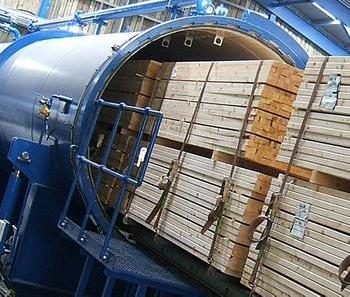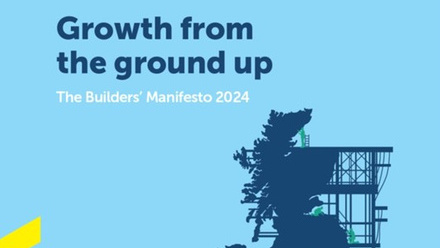
Anyone who saw pictures of the burning balconies on a low-rise block of flats in east London recently would rightly be concerned. The media reported the burning material as ‘timber cladding’. It was in fact timber balustrading, installed in a style which resembled cladding, but unfortunately, the timber used had received no flame-retardant treatment. Somewhere along the building’s specification chain, someone had not thought it necessary to specify this. Reputations now hang in the balance while further investigations continue.
To an FMB member, your reputation is everything. Recommendations from customers are the lifeblood of your business, and you rely on your skills and knowledge to continue obtaining business. But what happens if something in the design and/or development chain above you goes wrong? A recent survey by a member of our sister federation, the Wood Protection Association (WPA), found that just over 70% of architects – often the source of the spec which most builders will work to – were unable to define what is meant by the term ‘fire resistance’ and just under 60% were unable to explain the term ‘reaction to fire’. These two terms are absolutely key in understanding and installing timber systems that are safe for homeowners and building-users alike.
A timber product’s ‘reaction to fire’ can be measured, tested and enhanced by the application of a WPA-approved flame retardant treatment, and the quality of the factory application of treatments is assured through the WPA’s Benchmark certification scheme. Performance parameters are set down legally in a number of European Standards ‘Euroclasses’, with Euroclass B (one below the top) being the best that wood-based materials can achieve with suitable flame retardant treatment.
If the architect or contractor you are working with has specified a particular Euroclass for reaction to fire performance, you can check what you’re purchasing from the merchant or receiving on site by looking at the product’s Declaration of Performance (DoP). This should have been drawn up after the product received its flame-retardant treatment, under CE-marking regulations. If you need more detail, ask to see the product’s Reaction to Fire Classification Report, which will have been issued by an independent third party certifying organisation.
The TTF and WPA strongly recommend that where a timber product you are working with has received a flame-retardant treatment, you should check that the product’s DoP matches the architect’s specification. Only WPA-approved flame retardant treatments applied under quality assured factory-controlled conditions should be used. The use of canned, ‘brush-on’ FR products on site is not recommended.
It’s also important to understand that flame-retardant treatments are very specific. If a Classification Report states that the Euroclass B has been achieved on 25mm thick Spruce boards tested without an air gap behind on plasterboard, then the test results are only applicable to exactly those installation circumstances, timber species, and board thickness.
Lastly it’s imperative to remember that specifications are there for a reason. Cutting corners in the heat of the moment by using a brush-applied flame-retardant coating, which is subsequently found to be inadequate or whose performance has failed disastrously, could have your own reputation, and that of your business, going up in flames. For more information download Fire Protection Factsheets 1-6 from the Publications section on www.wood-protection.org. Free training on fire-rated timber products is also available online at: https://bit.ly/2IELdZe






